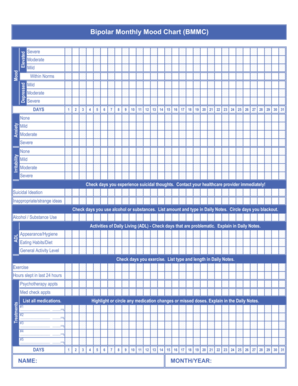
For example, positive emotions have been linked to resilience ( Tugade & Fredrickson, 2004), the formation of new relationships ( Waugh & Fredrickson, 2006), health-related benefits ( Moskowitz, Epel, & Acree, 2008) and coping ( Moskowitz, 2010). Research over the last decade has highlighted the influential role of positive emotions in enhancing well-being and life satisfaction, opening the door for potential interventions ( Fredrickson, 2000). For example, well-being can refer to how one evaluates the quality of his or her physical (e.g., health), psychological (e.g., happiness), social (e.g., interpersonal relationships), economic (e.g., financial security) or environmental (e.g., safe living conditions) resources. Well-being, or the way a person thinks and feels about the quality of his or her life ( Diener, 2000), is a multifaceted construct. Although these training programs show promise, it remains unclear whether improvements on these proximal constructs translate to improvements in quality of life or well-being (e.g., self-confidence or connectedness to others).

More recently, the field has begun to focus on more proximal correlates of functioning, with approaches such as cognitive remediation ( McGurk, Twamley, Sitzer, McHugo, & Mueser, 2007), social skills training ( Kurtz & Mueser, 2008), social cognition training ( Combs et al., 2007 Horan et al., 2009), metacognitive-oriented therapy ( Lysaker et al., 2011 Salvatore et al., 2012) and metacognitive training ( Moritz, Vitzthum, Randjbar, Veckenstedt, & Woodward, 2010).
Though advancements have been made in the treatment of some symptoms of schizophrenia, functional difficulties often persist ( Hegarty, Baldessarini, Tohen, Waternaux, & Oepen, 1994), suggesting that treatments targeting symptoms alone are not sufficient. Although the efficacy of CBT in reducing negative symptoms is less clear ( Elis, Caponigro, & Kring, 2013 Wykes, Steel, Everitt, & Tarrier, 2008), more recent studies of CBT have reported improvements in motivation and functional outcomes ( Grant, Huh, Perivoliotis, Stolar, & Beck, 2011 Klingberg et al., 2011). Psychosocial treatments, in particular cognitive behavioural therapy (CBT), offer additional promise as an effective treatment for persistent or medication resistant positive symptoms ( Turkington, Dudley, Warman, & Beck, 2006).

Whereas antipsychotic medications help to alleviate some of the acute positive and disorganization symptoms, they do less well with negative symptoms. Along with these symptoms, schizophrenia is associated with poor functional outcomes ( Jobe & Harrow, 2010), including difficulties in social functioning ( Hooley, 2010), comorbid psychological disorders ( Buckley, Miller, Lehrer, & Castle, 2009) and medical conditions ( Lambert, Velakoulis, & Pantelis, 2003), and reports of lower quality of life ( Eack & Newhill, 2007).Ĭurrent treatments for schizophrenia include a mix of medications and psychosocial interventions. Schizophrenia is a chronic mental illness characterized by positive symptoms (i.e., unusual experiences or beliefs not rooted in reality), disorganization (i.e., unusual behaviours or incoherent speech) and negative symptoms (i.e., dampening of motivation, emotion expression and social closeness). Future research is needed to examine whether ACES has a selective impact on well-being, but these initial findings point to the promise of this intervention to improve quality of life for individuals with schizophrenia and schizoaffective disorder, thus filling a void in existing treatments options. These data suggest that ACES is a feasible and acceptable group intervention. Group member feedback and three case illustrations illuminate participants’ experiences with the group, as well as the potential benefits and challenges of this treatment approach. As part of the Awareness and Coping with Emotion in Schizophrenia (ACES) intervention, group members learned eight empirically supported cognitive and behavioural skills covering emotional awareness and coping. In this article, we discuss the feasibility and acceptability of a skills-based group treatment for people schizophrenia or schizoaffective disorder.
An emotion-focused treatment approach may help to improve well-being in this population by increasing positive experiences and resources. Although current treatments help to alleviate some of the symptoms of schizophrenia, people with schizophrenia often continue to experience residual symptoms.


 0 kommentar(er)
0 kommentar(er)
